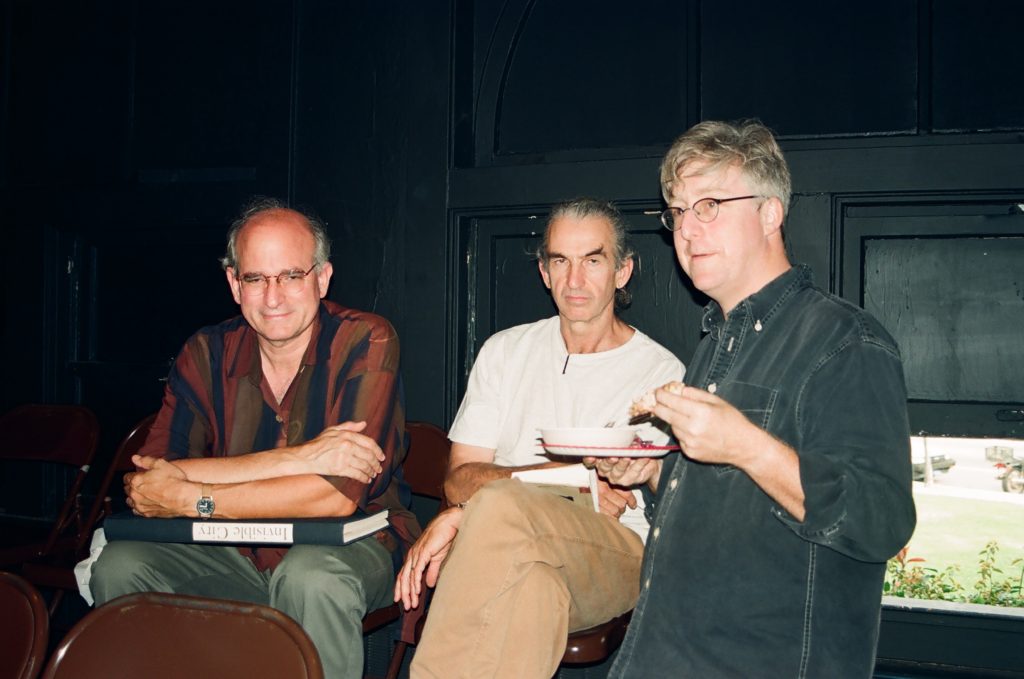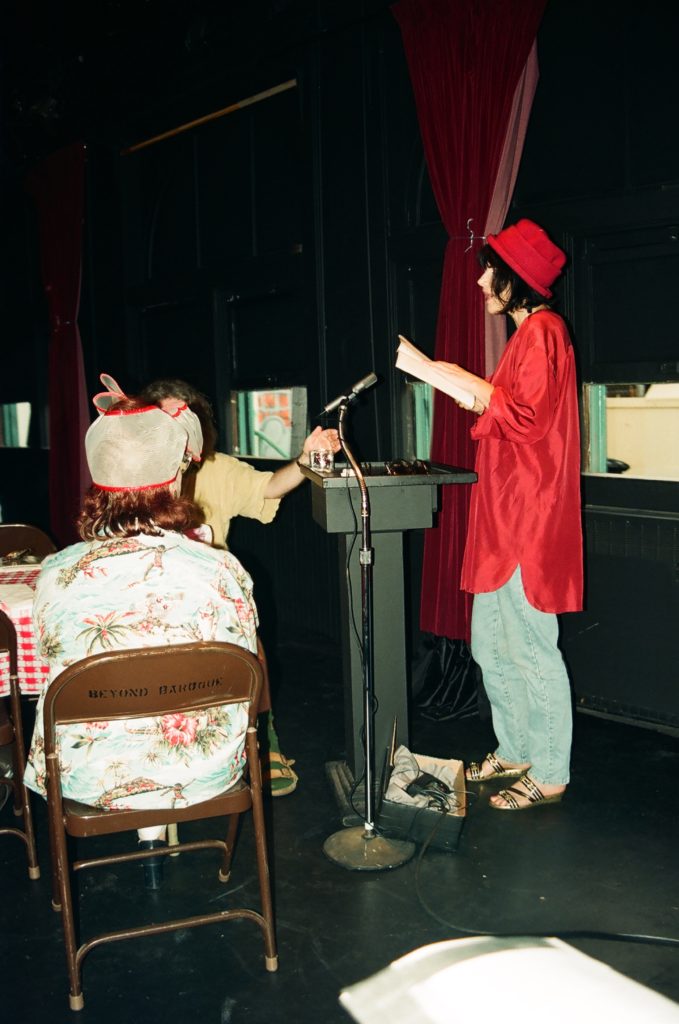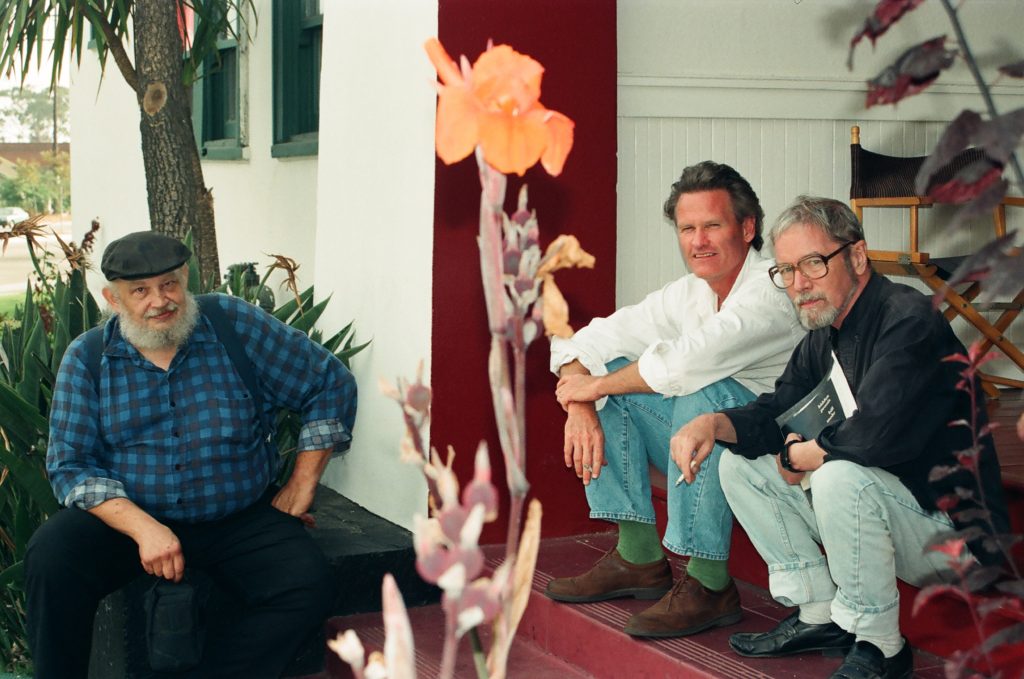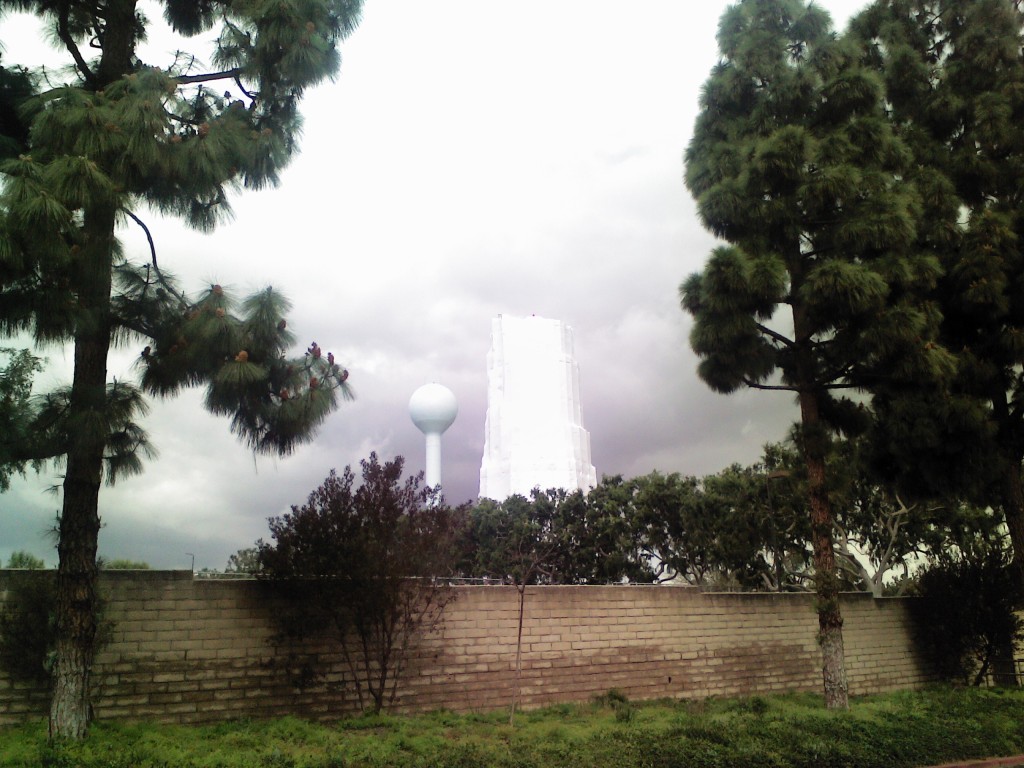PREFACE: For some reason, my post “Paragraphs by Walter Lowenfels” is getting a surprising amount of attention. Most curious.
Sunday, November 22. 2020
In 1992, Bill Clinton was elected to the Presidency with less than 50 percent of the popular vote. When he failed to break 50 percent when he ran for re-election, it was in part because people were angry that he had broken his promises about job training programs for laid-off workers. That broken campaign promise, followed by the trade deals he negotiated that led to factories closing down in the United States, is one of the main reasons that we ended up with Trump for four years. The decision to concentrate on health care reform in 1993 instead of job training programs was his major political debacle. The Lewinsky scandal got more press, but Clinton’s famous comment to a potential voter in 1992 — “I feel your pain” — was just make-believe empathy. He didn’t give a shit about anyone other than Bill Clinton. He conned working people, and set them up to be conned by an even more audacious confidence man.
My first wife, Cathay Gleeson, and I had both lost our jobs by the mid-point of 1995. By that time, we had separated, and I ended up moving to San Diego two years later to begin studying for a Ph.D. at age 50. It seemed to many people at the time a very odd move, but many friends gathered at Beyond Baroque in the summer of 1997 to wish me farewell. Laurel Ann Bogen had written me when I was staying at Dorland Mountain Arts colony in the winter of 1997 and asked if I would still be around town long enough in the summer to drop by Beyond Baroque and see everyone before I left for San Diego.
Lea Ann Roddan took some pictures of the gathering, and I want to thank the Roddans for sending me the negative. These photographs are (c) Lea Ann Roddan and any permission to use them might be obtained from her in writing.
The people who appear in the following photographs include:
Brooks Roddan
Paul Vangelisti
Jim Krusoe
Fred Dewey
Laurel Ann Bogen
Suzanne Lummis
Michael C. Ford
Ellen Sander
Holly Prado
Cecilia Woloch
Phoebe MacAdams
Tim Reynolds
John Thomas
Philomene Long
Peter Levitt
Dick Barnes
John Harris
Jimm Cushing






































 About Bill Mohr
About Bill Mohr